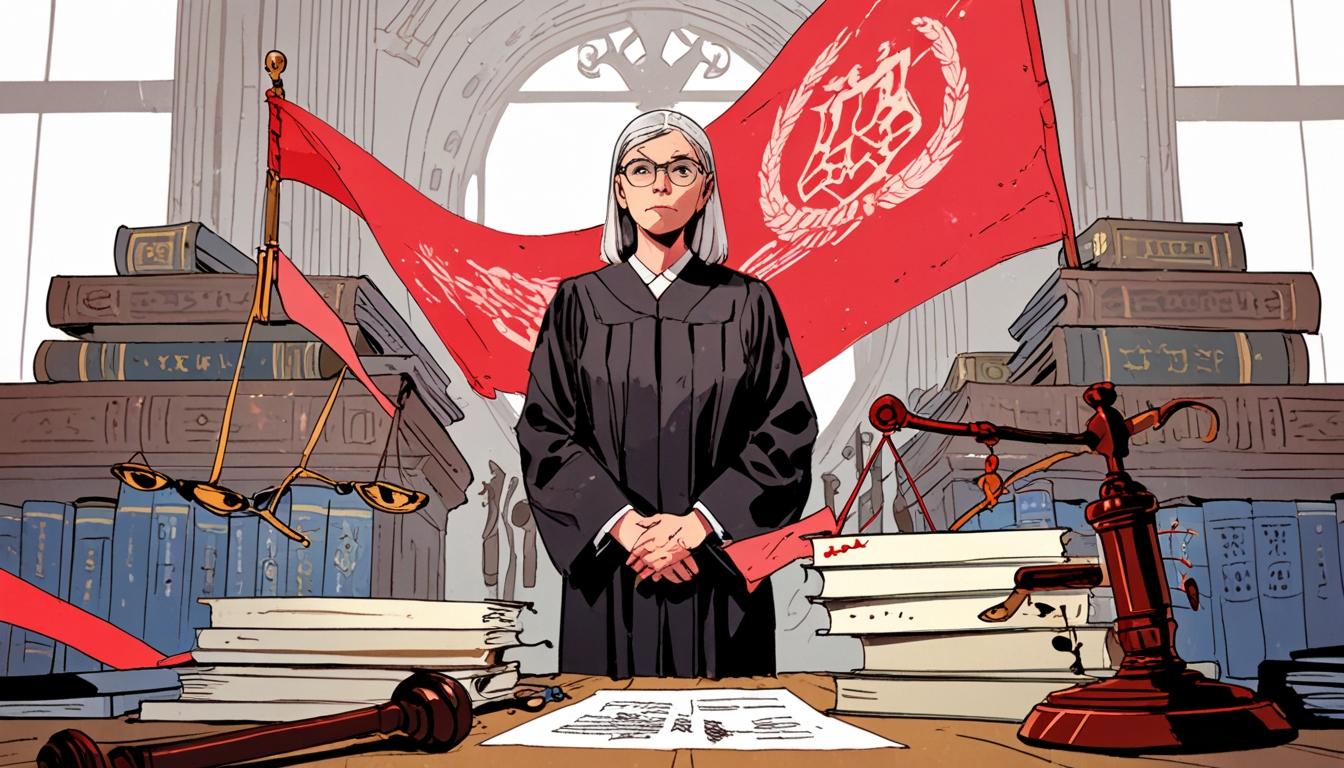Legal Profession on Alert as Judge Raises Red Flags Over Fake Case Citations
In a startling revelation, a High Court judge has alerted professional regulators to a concerning instance of legal malpractice involving the presentation of five fictitious case citations in court submissions. Mr Justice Ritchie, presiding over the judicial review case of Ayinde, R v The London Borough of Haringey, termed the behaviour of the solicitors and barristers involved as ‘appalling professional misbehaviour’ designed to mislead the court.
The complications arose when Sarah Forey, a barrister instructed by Haringey Law Centre, included these fake citations in her written submissions. Upon prompting from the defendant, who challenged the validity of the cited cases, solicitor Sunnelah Hussain merely described the issue as one of "cosmetic errors." Mr Justice Ritchie found this excuse unconvincing, describing it as a 'grossly unprofessional categorisation' of an issue that warranted serious scrutiny. He stated that such failures to verify citations undermine not only the specific case at hand but also the integrity of the legal profession at large.
Highlighting his dismay, Mr Justice Ritchie noted that the solicitor and barrister should have been taken aback upon realising the citations were fabricated. Their reluctance to report the incident to the Bar Council and the Solicitors Regulation Authority represents a troubling trend of negligence in the legal community. The judge specifically called out the responsibility that legal teams bear in ensuring the veracity of their statements.
This incident brings to light an alarming pattern in the legal field regarding the potential misuse of artificial intelligence in generating case citations. For instance, a litigant in person previously faced similar consequences for relying on fictitious case law generated by AI systems like ChatGPT. The court emphasised that such actions waste valuable judicial resources and erode public confidence in the legal system. As more legal practitioners turn to AI for assistance, the case raises further questions about the adequacy of existing safeguards to verify AI-generated content—safeguards crucial for maintaining the profession's credibility.
A recent study underscored this sentiment, asserting that the quick adoption of AI technologies in legal settings presents risks such as privacy concerns and inaccuracies. Judicial guidance now advises a cautious integration of AI, suggesting it should support rather than replace human oversight. This cautionary stance is echoed by other jurisdictions as well; a recent case in Australia highlighted a lawyer being reported for filing fake cases generated by AI, reinforcing the message that professional judgment is paramount in legal contexts.
Moreover, the ramifications of presenting false citations extend beyond individual cases. They threaten to tarnish the reputation of the entire legal community, which operates on principles of trust, integrity, and accountability. As the use of AI continues to proliferate within the legal profession, there is an urgent need for rigorous verification of its outputs to safeguard public trust. In this evolving landscape, the legal profession must engage in self-reflection and re-evaluate how technology is leveraged—ensuring that accountability remains a cornerstone of its practice.
As Mr Justice Ritchie concluded, the actions of those involved in this case represent a significant breach of professional conduct, further necessitating a coordinated response from regulatory bodies. Only by prioritising ethics and factual integrity can the legal field hope to maintain its esteemed position within society.
Reference Map:
- Paragraph 1 – [1]
- Paragraph 2 – [1], [5]
- Paragraph 3 – [2], [6]
- Paragraph 4 – [3], [4]
- Paragraph 5 – [6], [7]
- Paragraph 6 – [1], [5]
Source: Noah Wire Services
